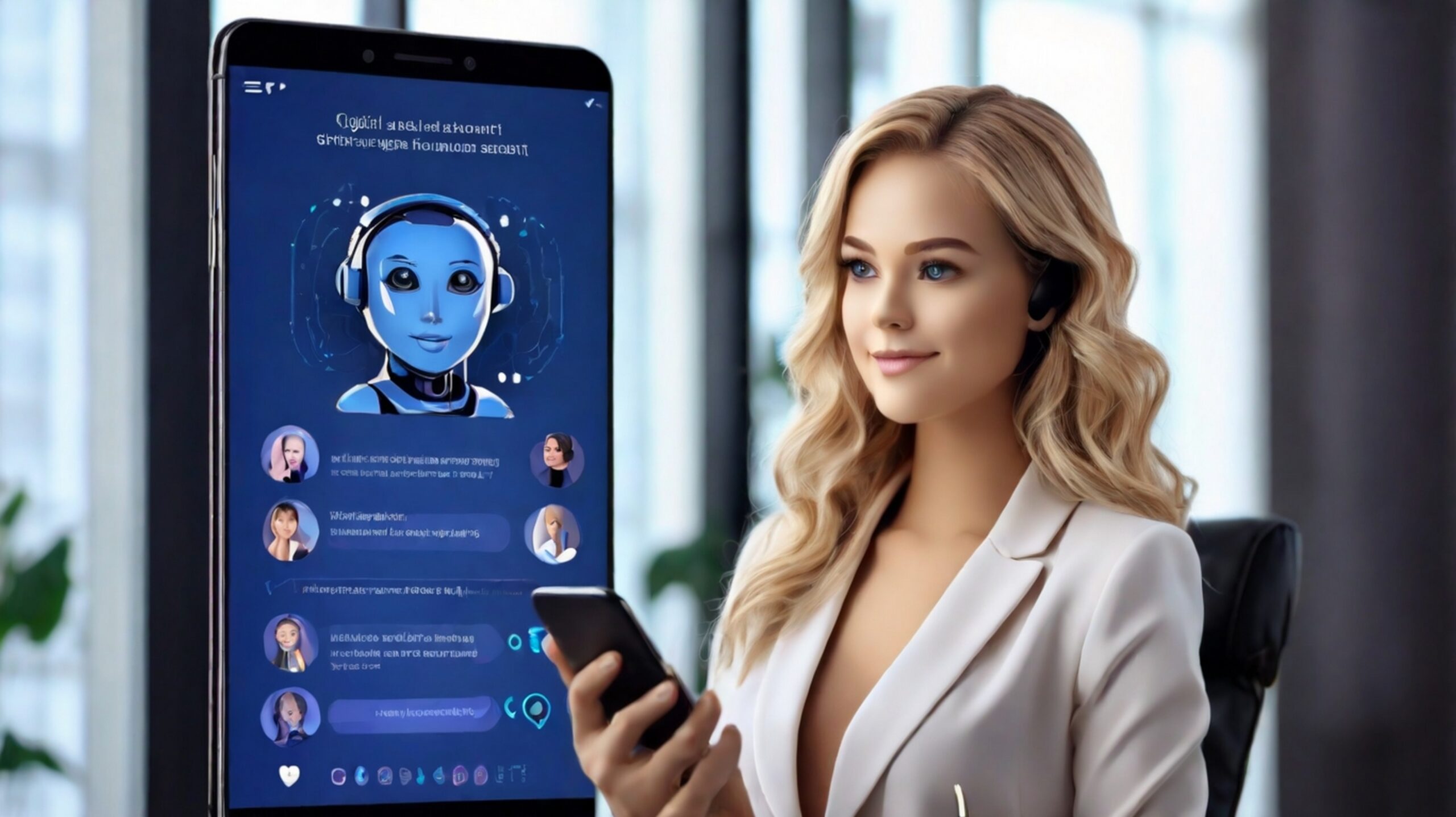Project Overview
The objective was to develop an AI-based store video monitoring system that has the capability to track customer movement, group identification, and employee interactions. The solution required us to account for specific scenarios, while excluding children and delivery personnel. It also required employee tracking features in order to improve operational efficiency and customer service.
Scope
- Customer Tracking: Accurately count customers that enter the store, excluding those who spend less than 30 seconds alongwith children, and delivery personnel.
- Group Identification: Find out whether the customers who entered, did so as part of a group or not and differentiate between individual and group visits.
- Employee-Customer Interaction: Track employee interactions with customers, including the duration of interaction and the number of customers that are attended to by each employee.
- Employee Tracking: Monitor all employee activities, such as check-in times, time spent with customers, and idle times throughout the day.
Key Challenges
-
Data Accuracy The system had to exclude certain individuals like children and delivery drivers from the customer count. This required complex advanced AI algorithms for accurate identification.
-
Customer Behavior Complexity The system also needed to track customers even if they left within 30 minutes. It also had to be ensured that such customers were not recounted. Further, detecting group interactions was also challenging.
-
Real-Time Monitoring Another challenge was delivering real-time insights, customer tracking, and employee interactions while handling large volumes of data. This required a scalable and efficient AI architecture.
-
Employee Interaction Tracking It was challenging to identify and analyze which employees interacted with customers while managing the overlap when multiple employees interacted with the same customer.
Our Solution
Customer Identification
A unique ID was assigned to each customer with the help of pre-trained models, such as SSD, YOLO, etc. and feature-based classifiers. In order to improve accuracy, clothing color, shoes, and height were captured by the store monitoring system.
Group Identification
Various advanced AI algorithms were developed in order to find out overlapping bounding boxes from camera feeds. This led to better group detection and classification.
Employee Recognition
By using the images provided by the client, the employees were accurately identified and tracked within the store.
Employee-Customer Interaction
A system was developed in order to monitor the duration of the interaction of each employee with customers.
Key Results
Enhanced Customer Tracking
The system accurately counted customers, excluding children and delivery personnel, providing a clear understanding of the patterns of store traffic.
Improved Group & Employee Tracking
Group identification allowed the client to differentiate between individual and group visits, while the system tracked employee activity and customer interactions. This led to the identification of idle times and optimization of resource allocation.
Real-Time Analytics & Reporting
The solution provided real-time visualizations and reports on store traffic and employee-customer interactions, helping the client to make data-driven decisions which improved store operations.
Latest Insights
Explore In-Depth Insights
and Industry Trends
AI Trends That Shape Decision-Making in C-Suite: $243B Industry Growth by 2025
AI trends that shape decision-making in C-suite include real-time automated decision-making, autonomous AI agents, AI for fraud detection & risk management, AI-powered M&A & corporate strategy optimization, and AI for ESG & sustainability compliance.
A Step-by-Step Guide to Integrating AI Agents in Retail Operations for SMBs
Learn how to seamlessly integrate AI agents into your retail business with this step-by-step guide designed for SMBs.
How Can Generative AI in Content-Driven Business Increase Revenue by 25%?
Generative AI in content-driven business increases revenue by 25% through AI sales strategies, reducing customer churn, AI recommendation engines, AI accelerated marketing, and rapid audience reach.
Beyond Basic Chatbots: How AI Agents Deliver Advanced Personalization?
Introduction In today’s fast-moving business world, AI agents are revolutionizing customer engagement with AI, offering more than just AI-powered chatbots. Unlike traditional chatbots that provide scripted responses, intelligent agents in







